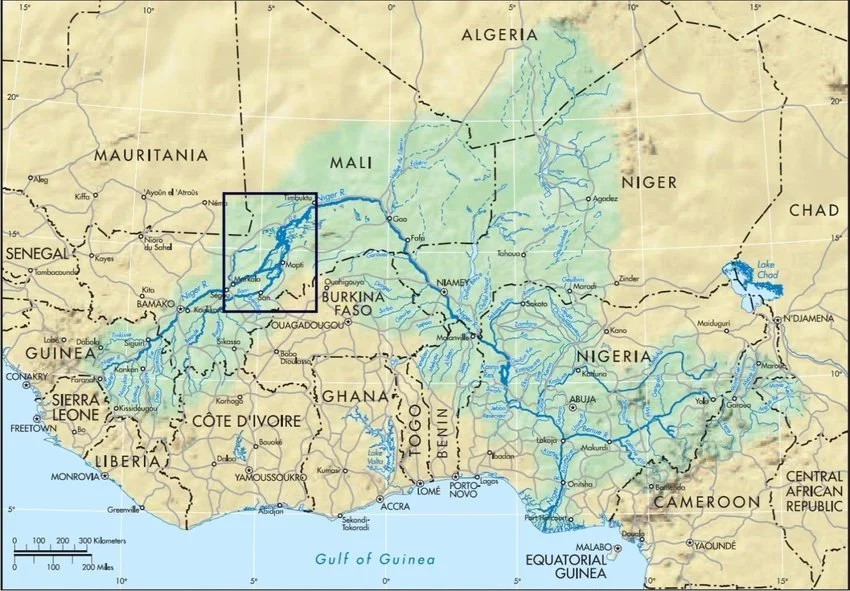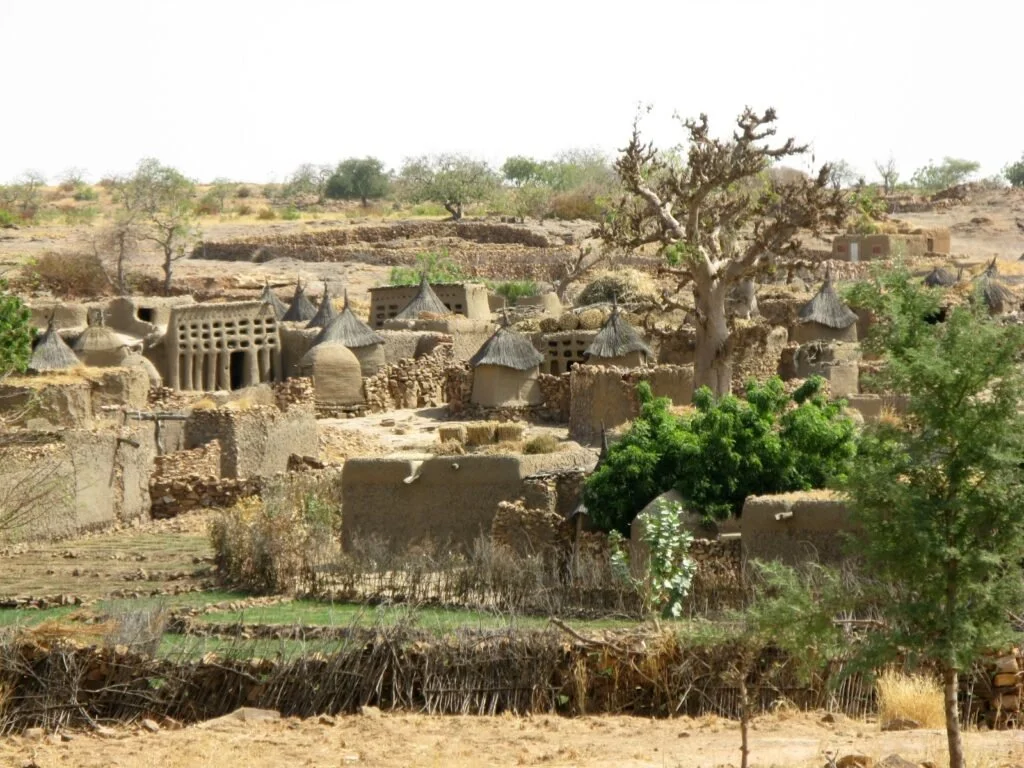Kemetic Paradigm Series Part 4: How Did Our Ancestors Preserve Kemetic Knowledge From Invaders?
The Pharaoh Ramses II had 129 children, and there is a tale that one day he gathered them and asked them, “Which one among you thinks they resemble me the most?”
All of them, girls and boys, answered in a chorus “Me!” The notables around the Pharaoh started laughing, but the Pharaoh calmly told his children that they were all right: “You all resemble me. I am in all of you. So, go and fill the world. Create your clans, your tribes, create your own language but remember that you have admitted that you all resemble me...”
Approximately 2,500 years ago, during the invasions of the Nile Valley region (Ancient Egypt), the bloodlines in charge of the highest echelons of Kemetic knowledge decided to migrate in order to preserve the integrity of the knowledge itself. They used the Sahara Desert as a line of defense, since pursuit over the harsh landscape was difficult. Over centuries, these bloodlines migrated across the territories known today as Sudan, Chad, and Niger, and eventually settled around the buckle of the Niger River and throughout West Africa.
These families are what we know of today as the Dogon tribe. They decided not to build grand structures similar to the ones in the Nile Valley, which had brought the attention of invaders. Realizing that such material structures are not a requirement for spirituality, they focused instead on spiritual evolution and transmitting sacred knowledge across generations.
Design of “ How Did Our Ancestors Preserve Kemetic Knowledge From Invaders?” Graphic by Kasati Heqama



